Your cart is empty
Explore our collectionsMadhukamini/ Table Kamini Plant (Sapling)
Original price was: ₹ 199.₹ 89Current price is: ₹ 89.
If your space is looking tired and honestly, your vibe’s about as fresh as yesterday’s chai, it’s time to meet the Table Madhu Kamini Flower plant. This looks cute and tiny (but don’t judge). This green buddy is a fragrance bomb, a stress-melter, and a desktop showstopper all in one. Glossy leaves, those perky citrusy flowers, and honestly? It’s about as chill as houseplants get. The table Madhu Kamini plant is the low-key legend you never knew your space was missing.
Dimensions:
Sapling (Without pot)
Beginner Level
— Easy to care
— Thrives in sandy soil & Porous soil
Twice in a Week in Summer (High temperatures ranging from 30 to 45 degrees Celsius)
Once in a Month in Winter (low temperatures dropping below 10 degrees Celsius)
— Moderate Water level
— Moist Soil Required
Partial to Full Sunlight
— Thrive in Partial to full sunlight
— Prefer medium temperatures ranging from 28 to 35 degrees Celsius
Buy Madhu Kamini Flower Plant / Table Kamini Plant Sapling Online In India
The Madhu Kamini flower Plant (or if you wanna get fancy, Murraya paniculata) has a number of fancy names that you can call, like the Orange Jasmine, Dwarf Kamini, Table Jasmine, and Hybrid Kamini. Doesn’t matter if you’ve killed more succulents than you’d admit, or you’re already deep in the plant-parent game, this one’s a survivor. It’s got dark green leaves, cute star-shaped flowers, and that sweet scent that just screams “relax.” Smells like jasmine went on a citrus holiday. Works in a sunbaked balcony, cramped cubicle, or that corner of your living room you never figured out what to do with. It’s the definition of “go with the flow.”
Key Features & Benefits of Table Kamini Plant Sapling
- Evergreen glam: Never looks dead, even in winter. Kinda magical, really.
- Smells like happiness: The best fragrant flowering plant with little white flowers that pop up, and you get instant fresh vibes.
- Detox hero: Kicks out nasty indoor air stuff, so you breathe easy.
- Wind Warrior: Doesn’t care if your fan’s on turbo or the balcony’s breezy.
- Ideal for Offices: Won’t hog space, looks classy in your boring cubicle, and hey, less stress just by existing.
- Beginner-Friendly: Neglect it a bit? It’ll survive. Total low-maintenance legend.
- Fast grower: Prune it, shape it, it’ll bounce back, no tantrums.
- Traditional Healing Touch: People have been using its scent and leaves for ages for chill vibes and wellness.
How to Care for Your Madhu Kamini Flower Plant?
- Sunlight: Likes light, but not the hardcore midday sun.
- Airflow: Give it good ventilation and natural airflow; AC cabins are okay too.
- Watering: Water weekly or when the topsoil feels slightly dry. No, Jal-prasad, please, overwatering will rot roots!
- Soil: Soil should be moist, not mud.
- Deadheading: Snip off dead leaves now and then. Pests hate tidy plants.
- Fertilizer: A light snack (fertilizer) every so often, not a buffet.
- When it arrives, let it chill in indirect light for a week. No sudden spotlight, please. For a smooth transition, give it some outdoor sun for a few days, then slowly shift indoors.
Flowering & Seasonal Highlights
The Orange Jasmine is a bit of a show-off, honestly. Pops out little white flowers that smell like happiness, like the citrus and a hint of jasmine. Warm weather? It’ll bloom almost all year. Late spring to early fall is peak season, and yeah, bees and butterflies will come say hi. Guests too. The scent? Next-level. Makes you wanna just sit and breathe.
Ideal Placement for your Table Kamini plant
- Indoor: From the aesthetic study table which you always wanted to decorate, to the office desks, bring living room corners, abandoned dull balcony shelves, and the bedrooms. (yes, it loves soft lighting as other Indoor plants!).
- Outdoor: Those balconies, verandas, and terraces covered in shade with filtered sunlight are the best when they’re placed as an outdoor plant.
Honestly, wherever you drop it, the place gets an instant glow-up.
Why choose the Table Kamini plant?
The Orange Jasmine’s got everything in one leafy package: It’s pretty, smells like heaven, doesn’t need babysitting, and whatnot? Plus, people have been into it for generations, being lush, fragrant, and basically self-sufficient. Great for mini gardens, bonsai experiments, gifts, or just not feeling guilty about killing another plant. Honestly, it’s tough enough for Indian summers, cute enough for your table, and smells good enough to ditch the air freshener. Whether you’re a plant hoarder or just starting, Table Kamini deserves that prime spot in your space. Go on, treat yourself with the Madhukamini flower plant online, from Upjau , the best online plant nursery in India.
Frequently Asked Questions
Q. What is the use of Kamini plant?
A. Man, this plant’s like nature’s multitool. Toothache? Chew on the leaves. Bug bite? Smash up some leaves, slap it on, done. People drink leaf tea for digestion, use it for skin toning, and sniff those flowers for aromatherapy.
Q. Is Madhu Kamini plant good for home?
A. Absolutely yes. The Madhu Kamini is a solid choice if you want something green that basically takes care of itself, brings in positive vibes, and makes your pad look classy with zero effort. Pretty much a win.
Q. Is the Table Kamini an indoor or an outdoor plant?
A. Both, honestly. It’s super chill. Put it on your work desk, or your balcony, It’ll still survive and look cute with those glossy leaves and white flowers.
Only logged in customers who have purchased this product may leave a review.
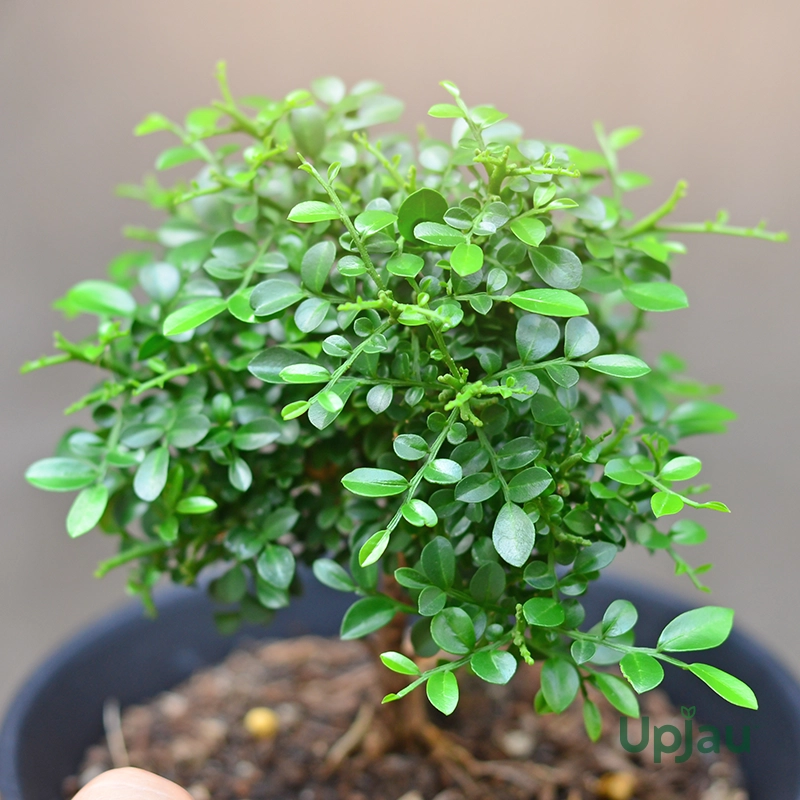
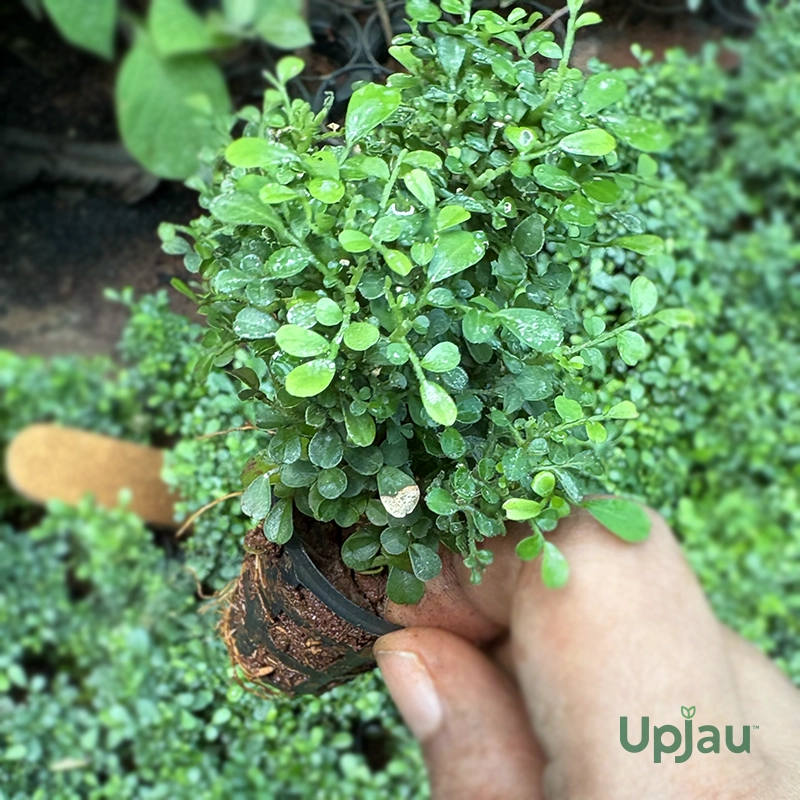


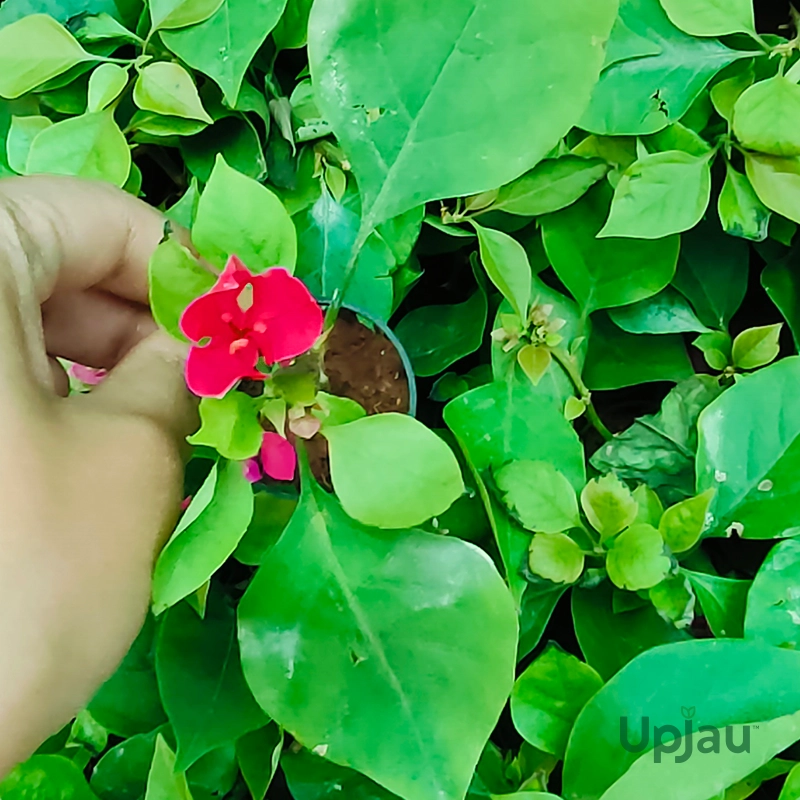

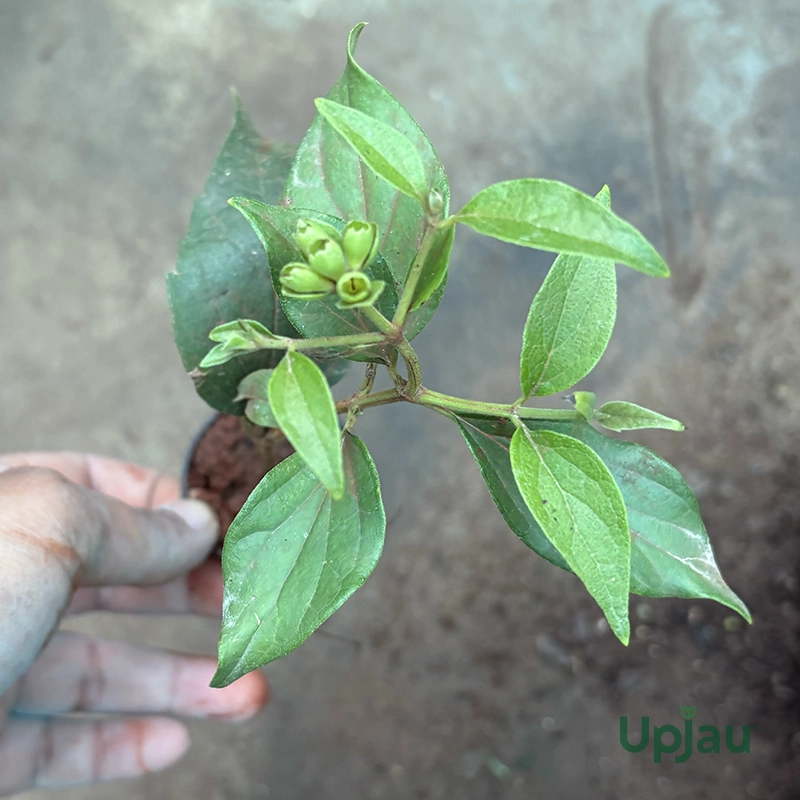
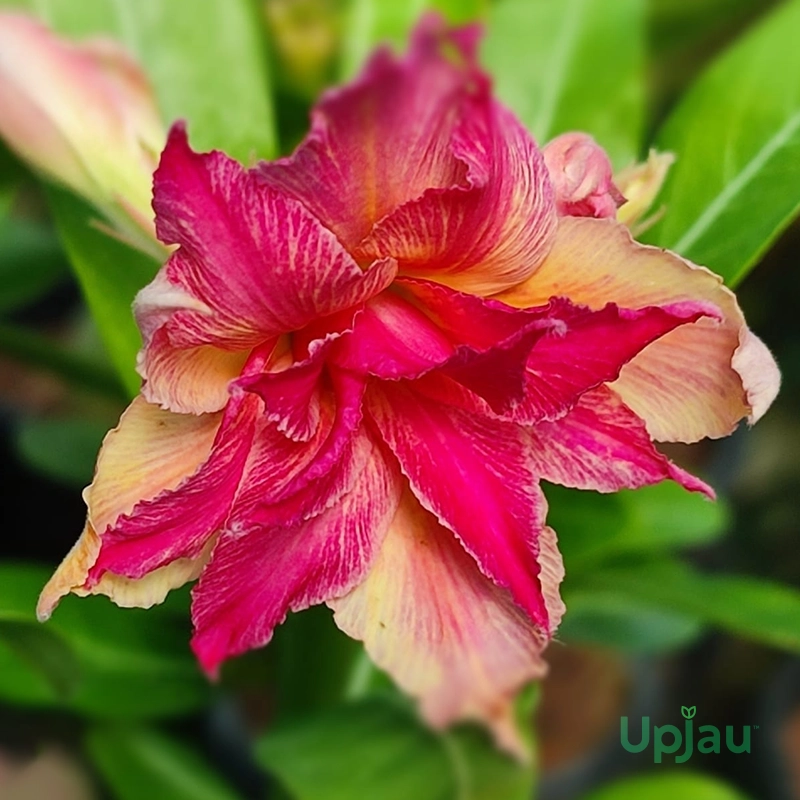
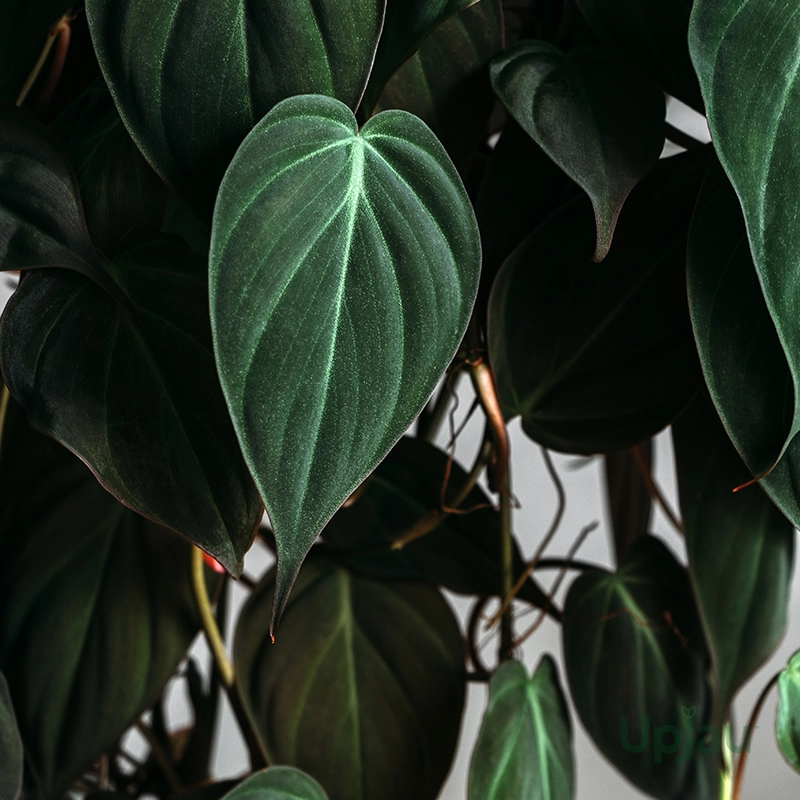
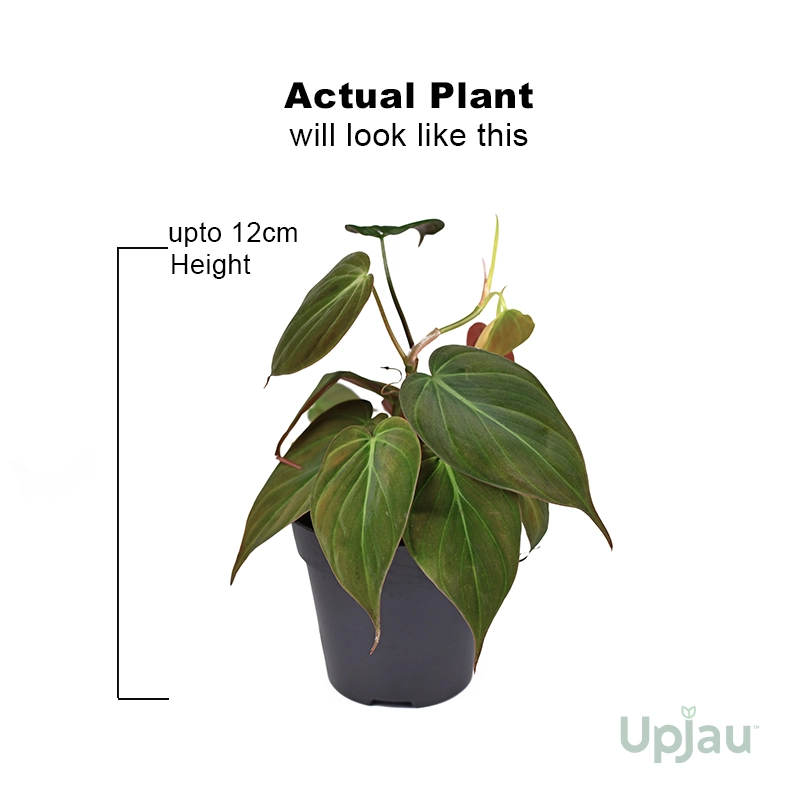


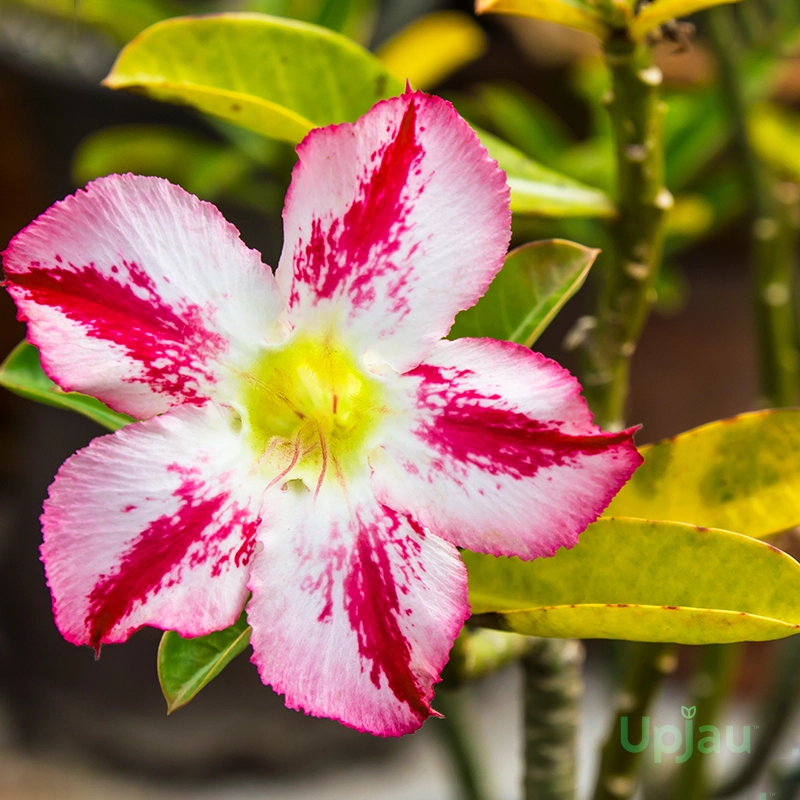
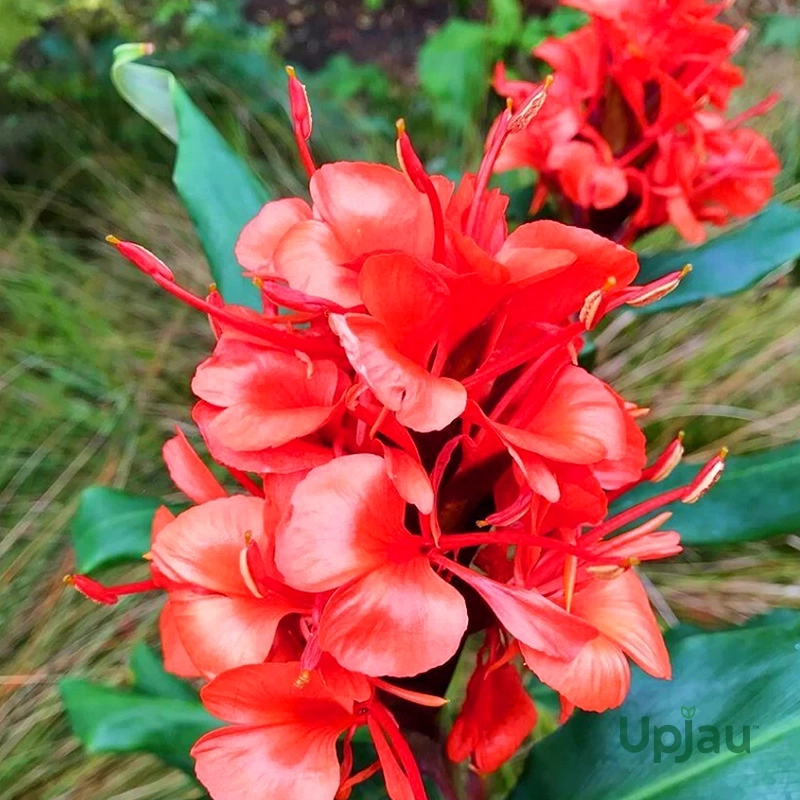
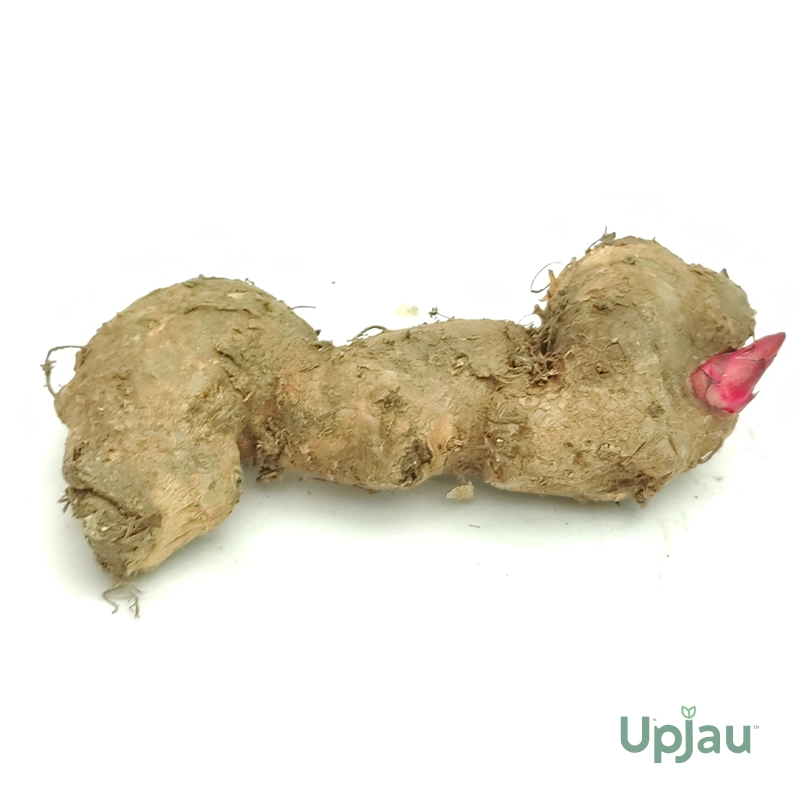

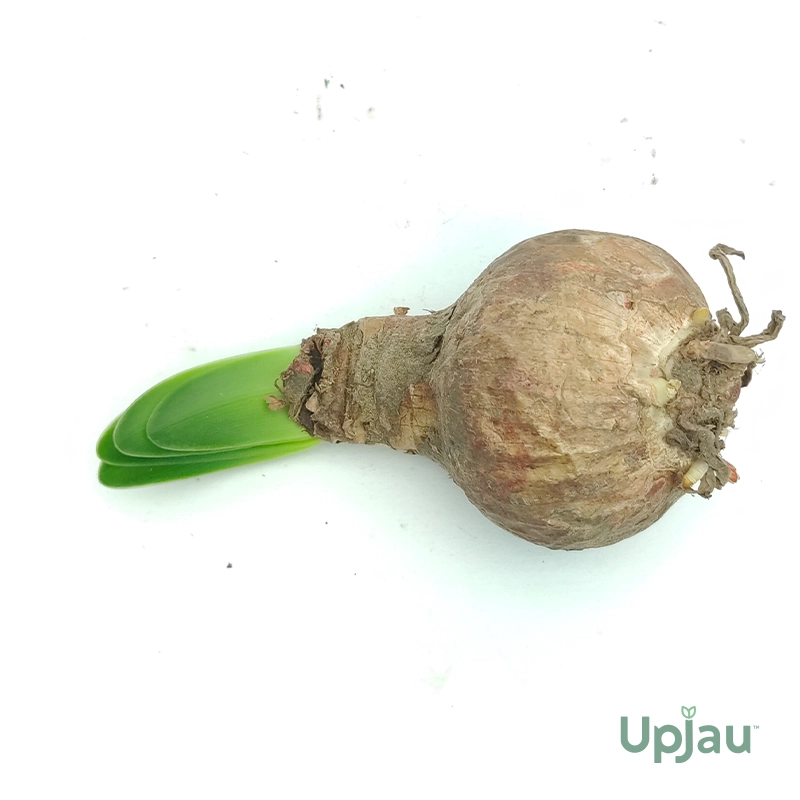


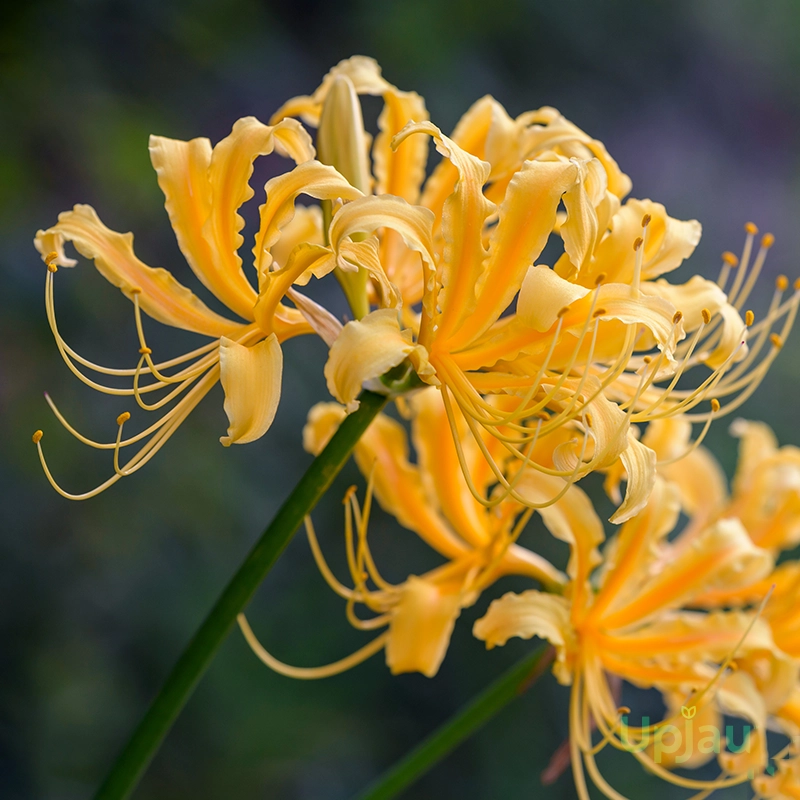

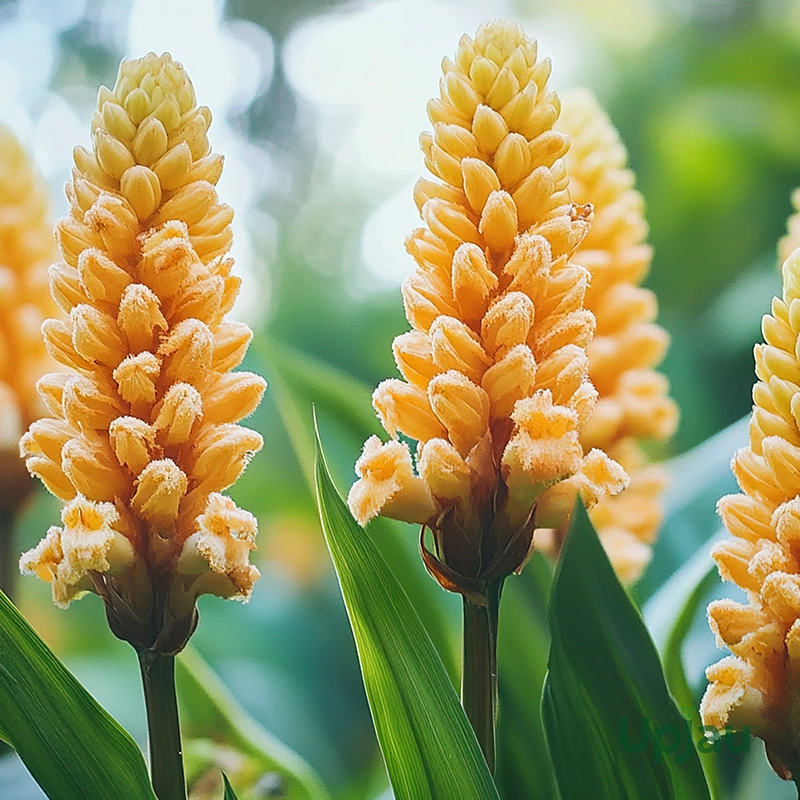
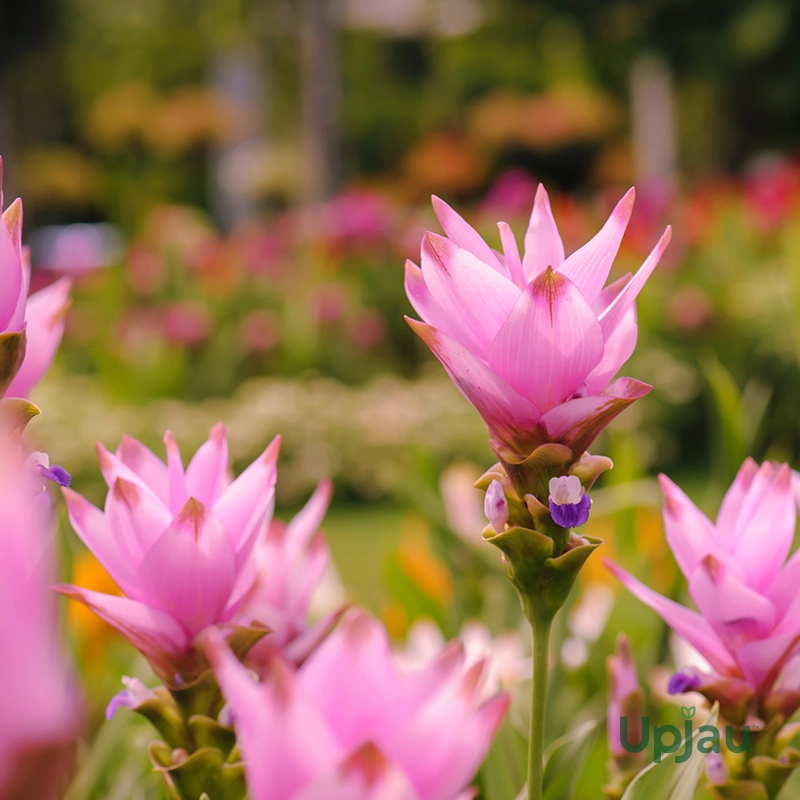
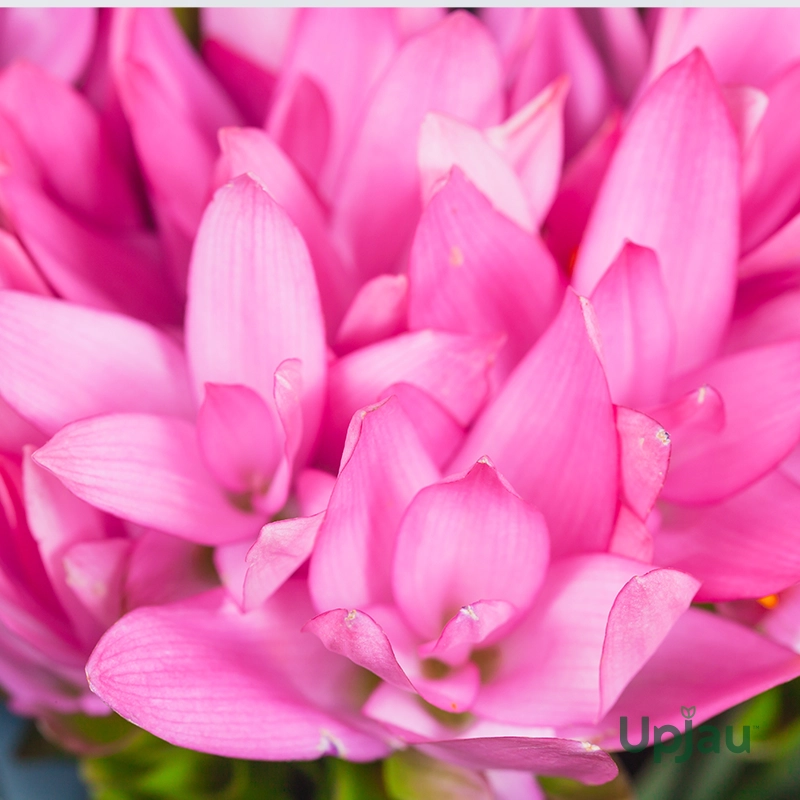
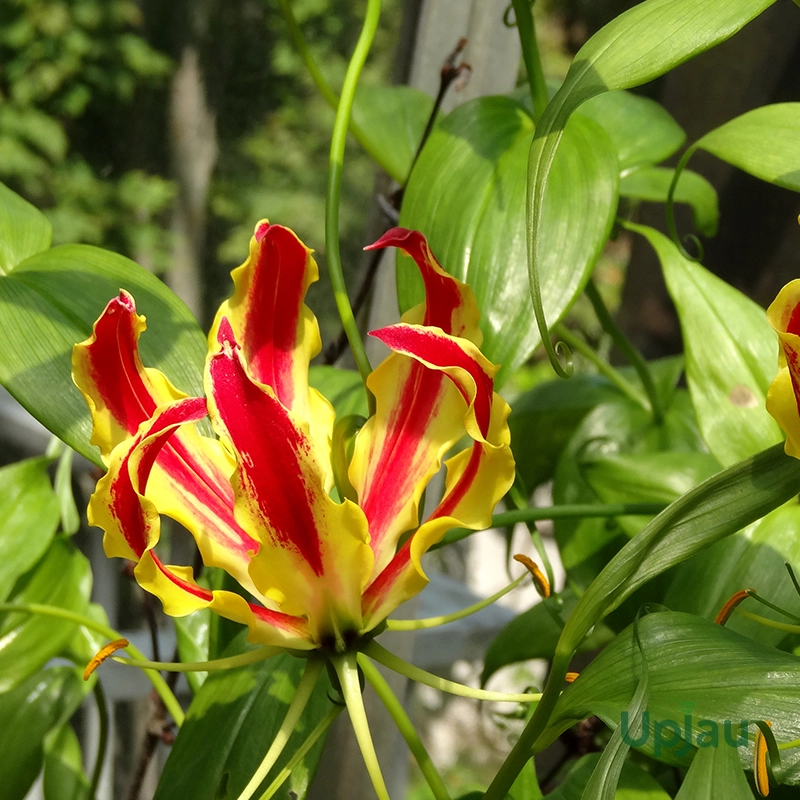

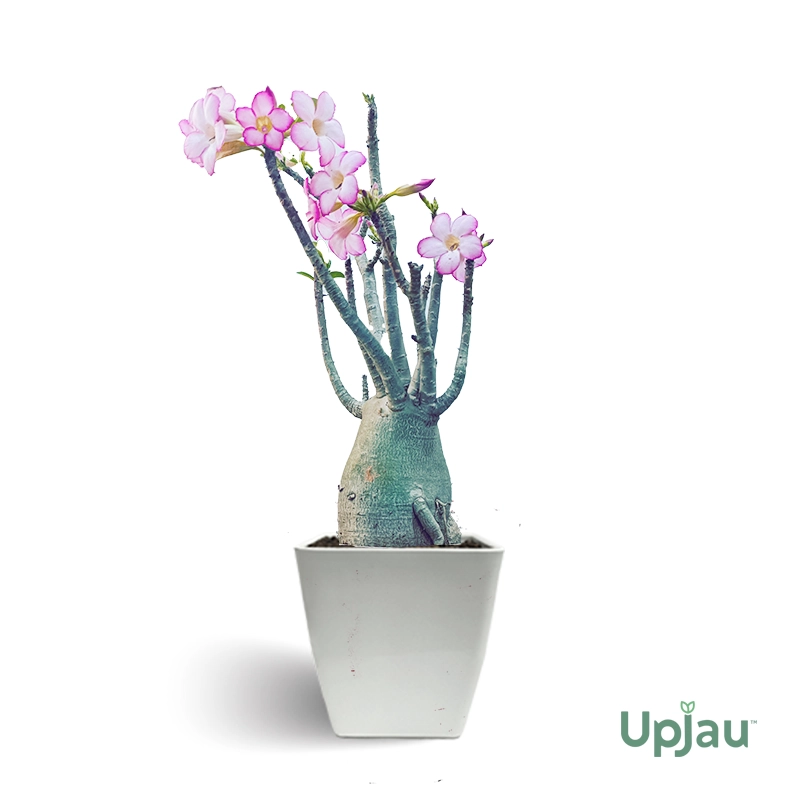


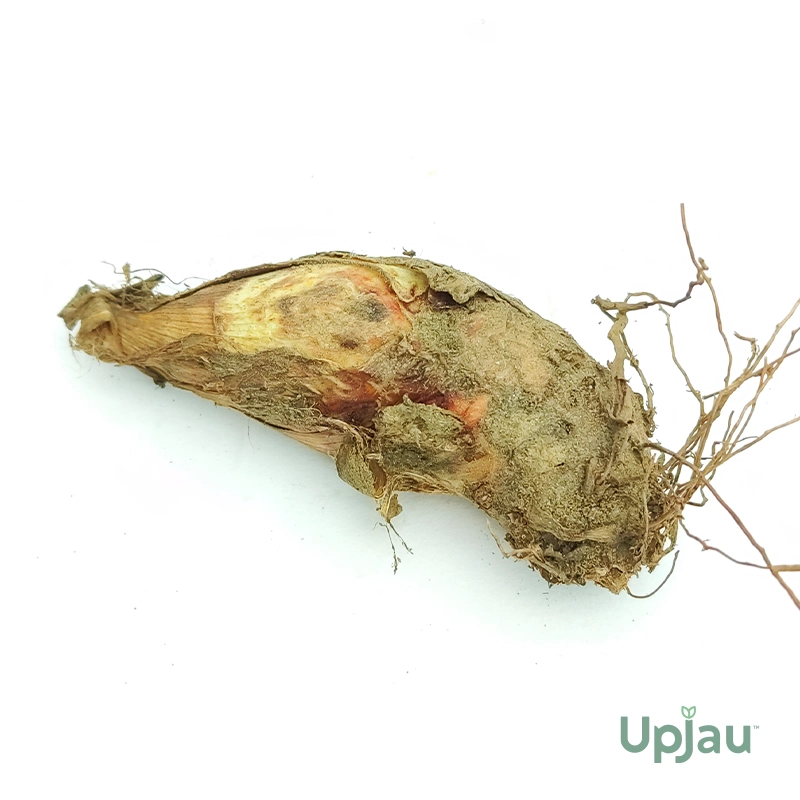

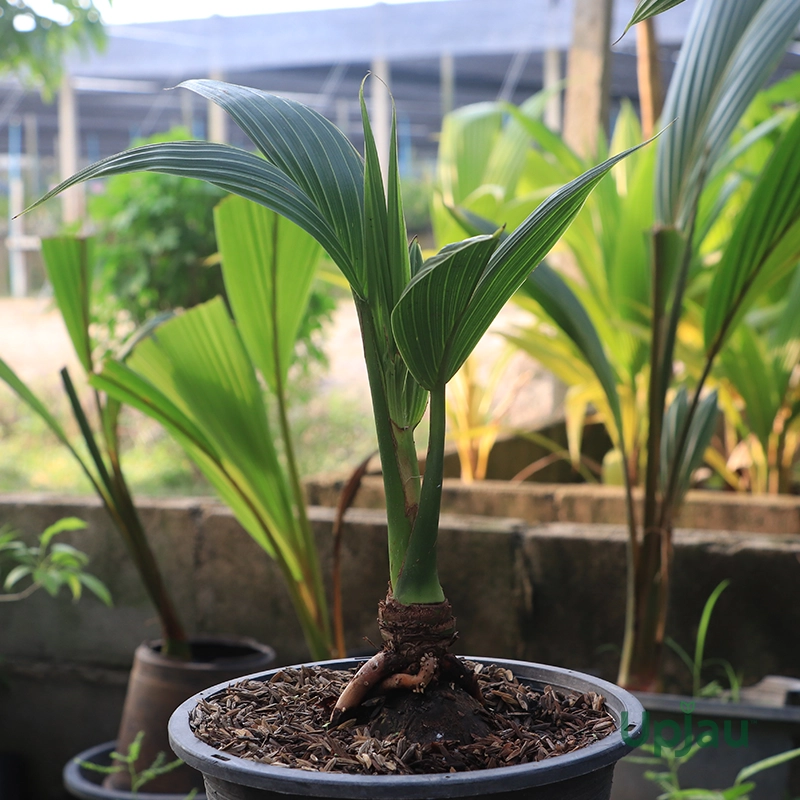






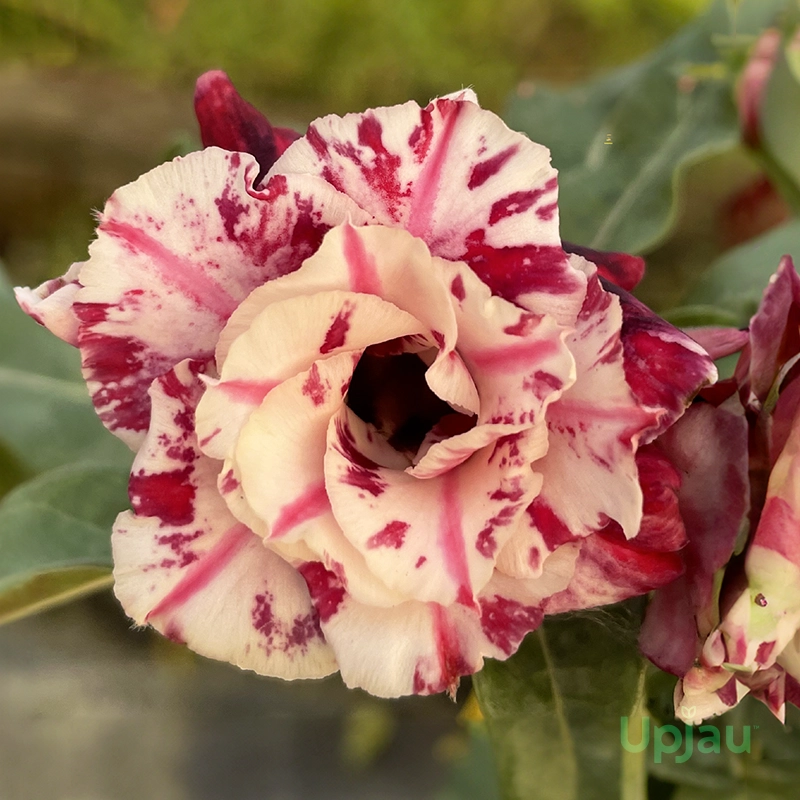


Reviews
There are no reviews yet.